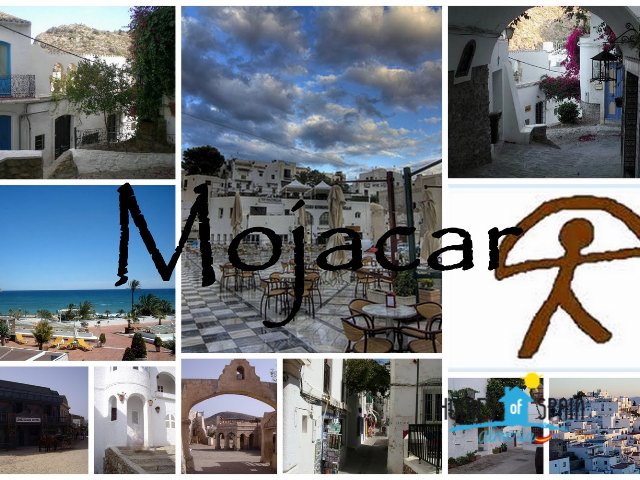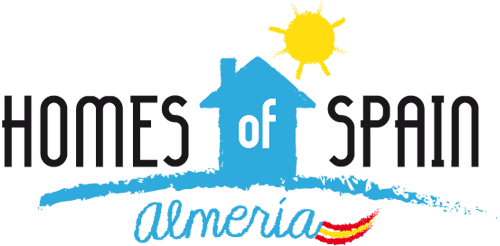HISTORY
Mojacar has a long, multi-faceted history which stretches over 4000 years. Populated by Phoenicians, Carthaginians, Romans, Greeks, and Moors, it still remains an intersection of many cultures. It was under Moorish rule that Mojacar really began to flourish. The castle was built and the town walls were expanded and fortified. Even so, it remained a Muslim town on the Christian frontier and because of this, Mojacar suffered many brutal incursions.
In 1488, King Ferdinand and Queen Isabel came to the area to demand the submission of its local leaders. All complied except for the mayor of Mojacar. When later questioned about his absence at a meeting held near the town's Fuente Mora (Moorish Fountain), the mayor reportedly stated that although he was a Muslim, generations of his people were Spanish by birth and that they deserved to be treated more "like brothers, not enemies..." Evidently, Ferdinand and Isabel were sufficiently impressed with the reply to accept the mayor's pledge of loyalty and the town continued to flourish for the next four centuries. By the middle of the 18 th century, its population had reached over 10,000 people.
From apartments to castles, Mojácar
can provide the home of your dream.
Mojacar's fortunes, however, began to change around the middle of the 19 th century when its population began to decline. The reasons were numerous. The region (technically Europe's only desert) began to suffer severely from droughts and many residents began to leave. Some went northward to seek employment in the factories of industrialising Catalunya while others immigrated to distant places like the Americas. In fact, local legend claim that the cartoonist Walt Disney was born in the area and immigrated to the United States when he was a child.
This depopulation of Mojacar continued until the 1960s when it reached critical proportions with only 1000 residents living in the area. Local leaders then decided to give away land to anyone who promised to build upon it. This offer proved to be the spark which rekindled Mojacar's economy. New residents began to appear and the town soon became a thriving artists' colony. Word of the region's natural beauty began to spread, tourism brought foreign money to the area, and the beach area became a favourite vacation retreat for travellers. Mojacar still has one of the highest expatriate populations in all of Spain.
This was also the time that the Indalo became the symbol of Mojacar. Originally a prehistoric cave drawing found near Vélez Blanco, it represents a man holding a rainbow over his head. It is said to be a lucky totem and can be found in the front of homes and businesses throughout the province.
The town, however, still remains remarkably true to its Moorish past. Mojacar is a place that begs to be explored by foot. Park the car below the town and wander upwards at your own pace. You will encounter incredible views with nearly every step. Follow the road which snakes its way toward the town or climb the stairs which also lead upward, depositing you into the residential heart of the village. Echoes of the past will engulf you.





